Sightseeing in Kharakorum Mongolia
Contact us for travel suggestions
Stop over in the ancient capital of Chinggis Khan.Top Attractions for Sightseeing in Kharakorum Mongolia: A Journey Through Time
Step back in time and explore the ancient capital of Chinggis Khan, Kharakorum, where history, architecture, and culture intertwine to create an unforgettable experience. Journey through time as we uncover the top attractions and hidden treasures that this enchanting city has to offer, making sightseeing in Kharakorum Mongolia a must-do for any traveler.
Key Takeaways
- Explore the ancient capital of Chinggis Khan, Kharakorum and its spiritual sites such as Erdene Zuu Monastery.
- Experience traditional Mongolian culture through music, calligraphy and cuisine or outdoor activities like horseback riding tours.
- Unearth Mongolia’s past at Karakorum Museum with artifacts, tools & relics on display.
Exploring the Ancient Capital: Kharakorum
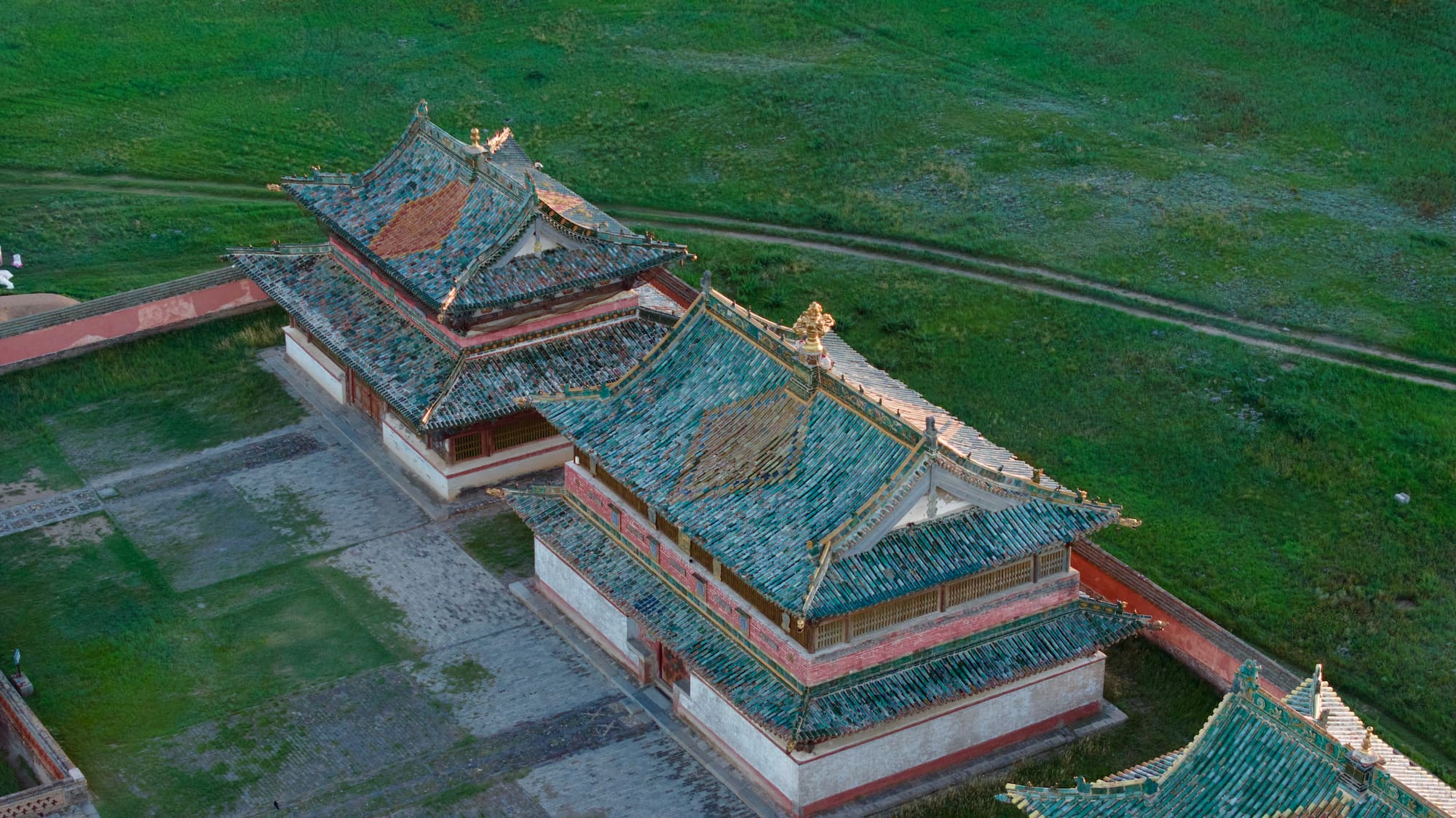
Once the thriving heart of the Mongol Empire, Kharakorum has a rich history that can still be felt today. Constructed by Ogodei Khan, Genghis Khan’s successor, the city was adorned with worshipping houses and secured trade routes, making it a hub of culture and commerce. European craftsmen, such as the Parisian goldsmith Guillaume Boucher, were employed by Monke Khan to embellish the city with intricate metalwork and distinctive styles, showcasing the grandeur of the Mongolian Empire.
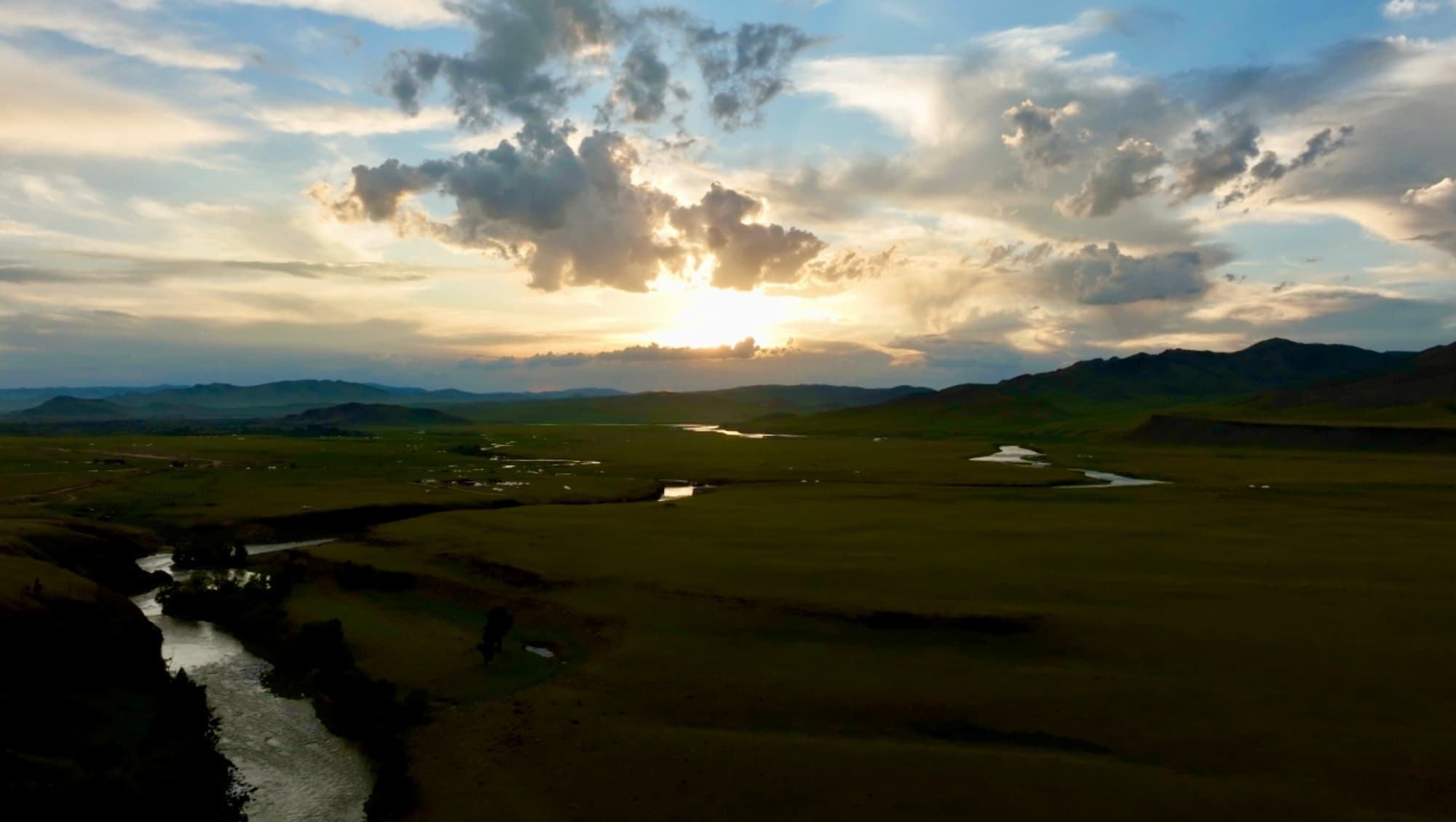
Sadly, the ancient capital city in Central Asia was later decimated by Manchurian soldiers in 1388, leaving behind a collection of ancient ruins that bear witness to its former glory as an ancient city. Excavations in and around Kharakorum have uncovered remnants of its past, including paved roads, brick and adobe structures, and evidence of processing various materials such as copper, gold, silver, and glass.
While wandering through the historic city, make sure to visit the renowned Erdene Zuu Monastery, Mongolia’s initial Buddhist monastery reflecting the country’s spiritual heritage. The nearby Turtle Rock, believed to possess spiritual energy, is another site worth exploring, with locals often performing shamanistic rituals and ceremonies influenced by Tibetan Buddhism.
Erdene Zuu Monastery: A Spiritual Haven
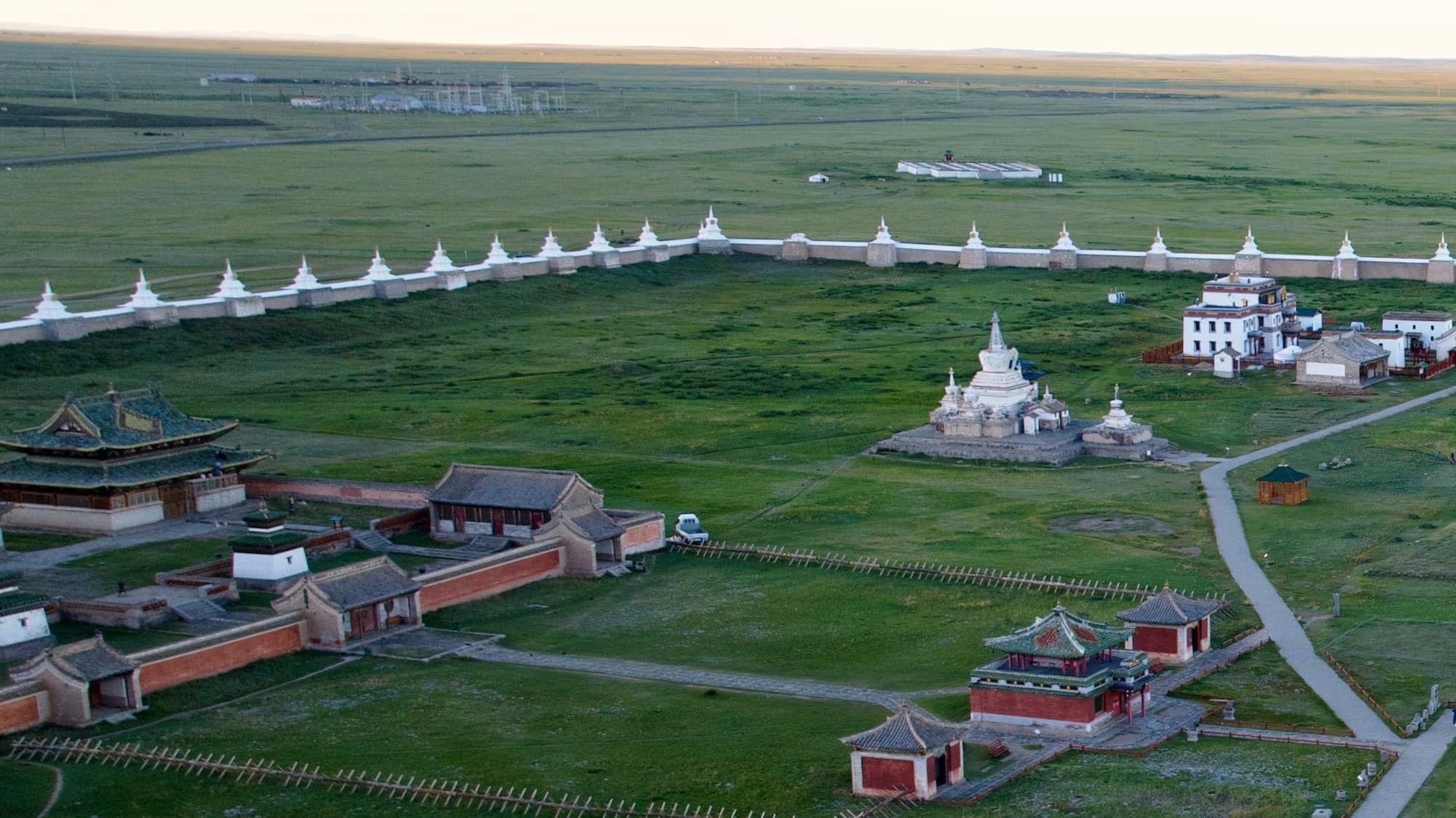
The Erdene Zuu Monastery, built in the 16th century, stands as the first Buddhist monastery and the oldest surviving Buddhist monastery in Mongolia. It showcases stunning architecture and a deep connection to ancient traditions. Within its walls, you can witness:
- The daily rituals and ceremonies of resident monks
- The practice of Tibetan Buddhism
- A fascinating insight into the spiritual practices of the Mongolian people
The 108 Stupas
Encircling the Erdene Zuu Monastery complex are the 108 stupas, representing the 108 beads of a Buddhist rosary and symbolizing the 108 steps to enlightenment. Constructed using stones, these architectural marvels are a testament to the ancient traditions of Buddhism and a captivating sight for all who visit.
Colorful Thangka Paintings
Thangka paintings, traditional Buddhist artworks, adorn the walls of Erdene Zuu Monastery, showcasing the rich cultural heritage of Mongolia. These intricate paintings often depict:
- Buddhist and Hindu gods and goddesses
- The meditating Buddha
- The Wheel of Life
- Other symbols of spiritual significance
With a history that can be traced back to India and Nepal, these stunning artworks act as visual reminders of the Buddhist teachings and traditions, playing an important role in the monastery’s sacred rituals.
Daily Buddhist Rituals
When you visit Erdene Zuu Monastery, visitors have the unique opportunity to observe daily Buddhist rituals, such as the recitation of religious texts and special ceremonies, including the captivating Tsam rituals involving dancers dressed in Mongolian military costumes.
These rituals serve as a reminder of the spiritual teachings of Buddhism and provide a glimpse into the profound devotion of the monks who call the monastery home.
Karakorum Museum: Unearthing Mongolia's Past
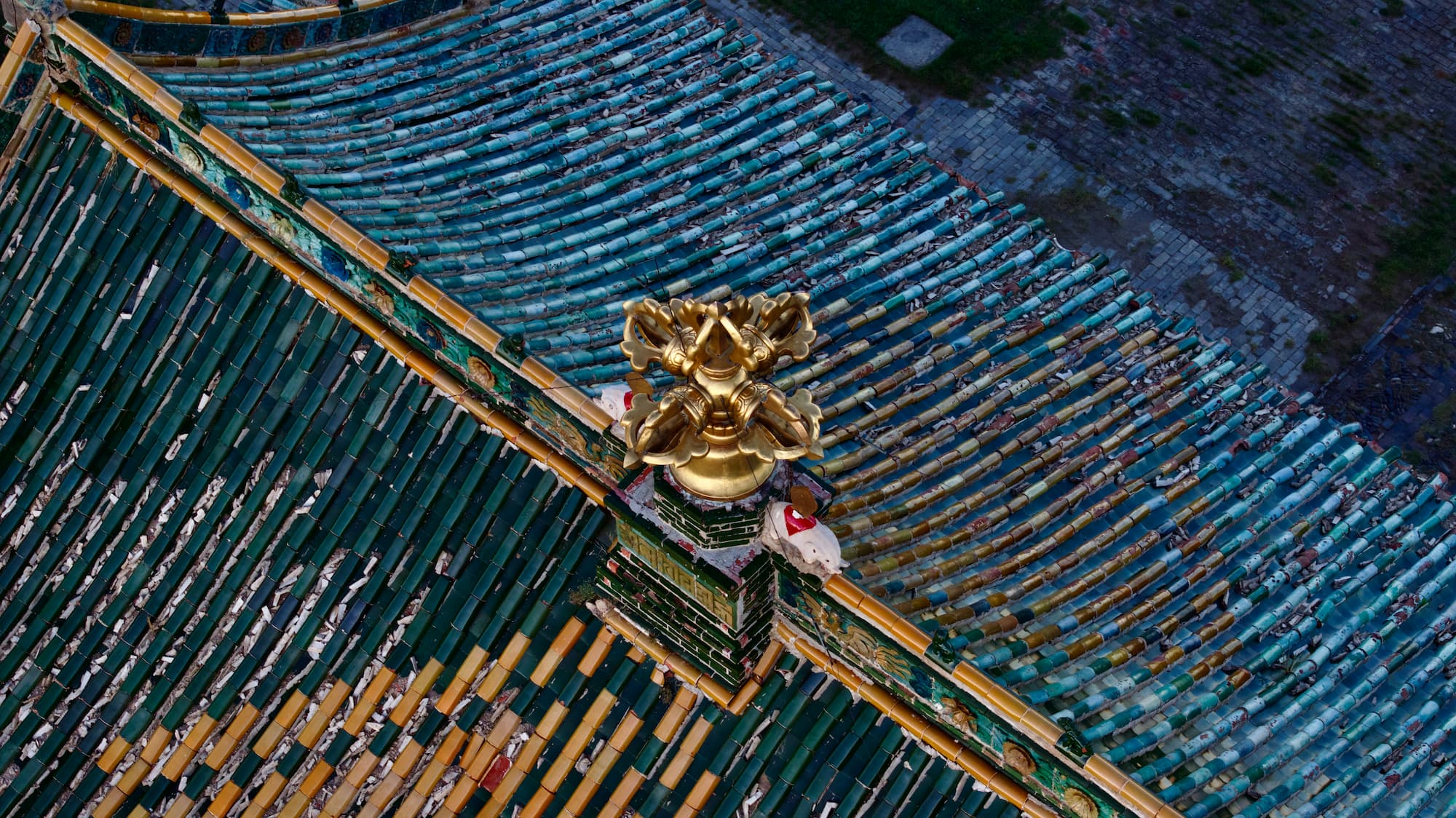
Visiting the Karakorum Museum provides a learning experience highlighting the city’s illustrious past. The museum houses a collection of:
- historical artifacts
- ancient tools
- religious relics
- traditional Mongolian artworks
These provide a captivating insight into the country’s rich past.
Among the striking findings from the Joint Mongol-German archaeological excavation in Karakorum is the Great Buddhist Temple foundation, highlighting the city’s spiritual history. The Silver Tree, a once ornate fountain that served as the centerpiece of the Mongol capital, also finds its place in the museum, allowing visitors to imagine the grandeur of Karakorum during its peak.
After exploring the museum, take a leisurely walk through the picturesque surroundings of Karakorum and admire the breathtaking sights of the ancient ruins. Experiencing this historical journey will undeniably impact your understanding and perspective.
Staying in Kharakorum: Ger Camps and Guesthouses
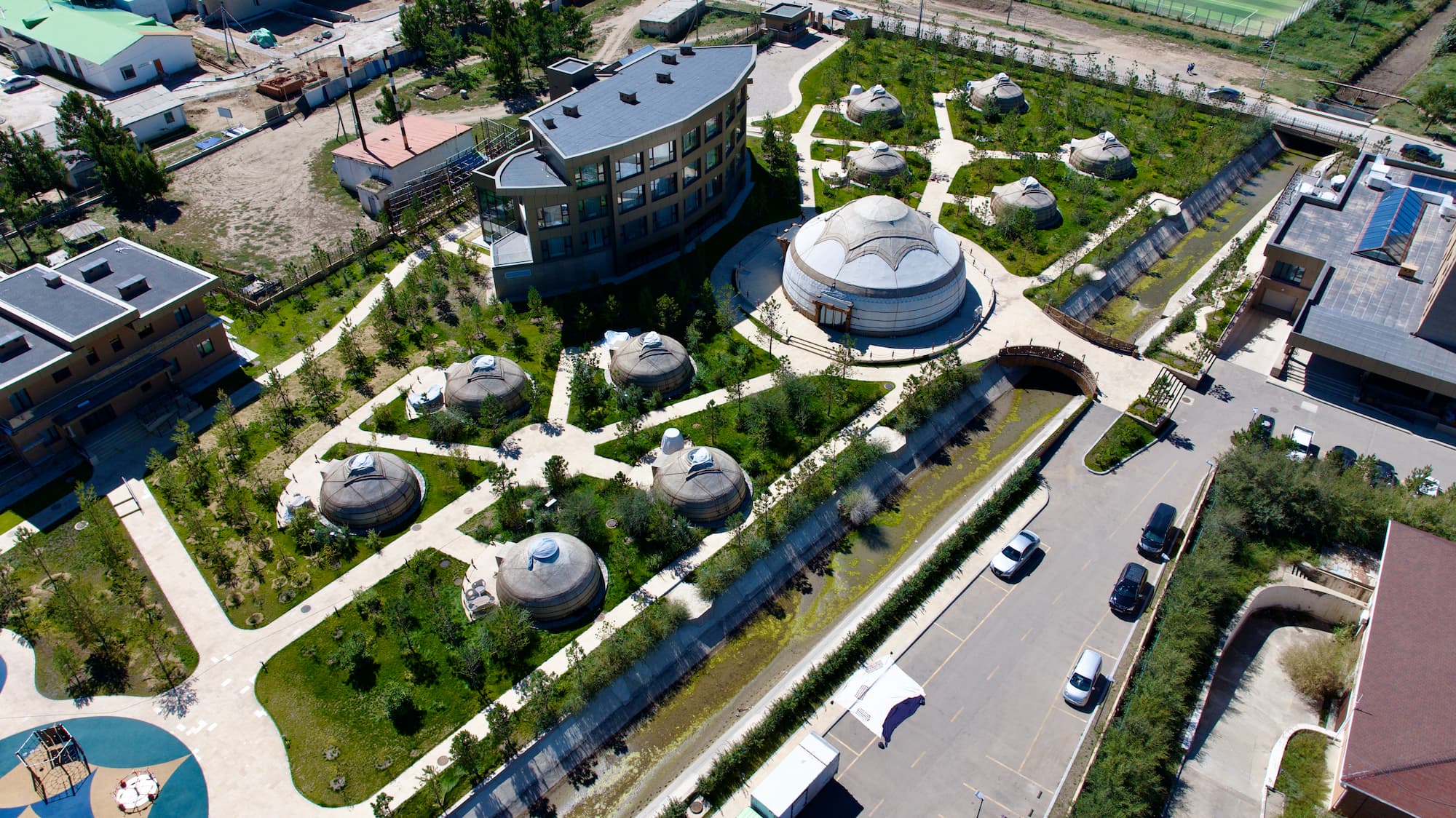
Kharakorum offers a variety of accommodation options to suit every traveler’s needs, from traditional ger camps to cozy guesthouses and hotels. For a truly authentic Mongolian experience, consider staying at the Ikh Khorum Hotel and Restaurant, which offers comfortable rooms with private bathrooms and a delightful restaurant and bar.
Alternatively, you may opt for the environmentally conscious Silver Tree Guest House, a family-run establishment that offers yurt stays, rooms with modern amenities, and a restaurant catering to various dietary preferences. Or, immerse yourself in the eco-friendly atmosphere of Anja Ger Camp, which focuses on environmental projects and serves ecologically healthy meals from their three-season greenhouse.
Experiencing Mongolian Culture: Music, Calligraphy, and Cuisine
Experience the lively Mongolian culture by attending traditional music performances, featuring mesmerizing tunes of instruments like the morin khuur (horsehead fiddle), limbe (horizontal flute), and tsoor (panpipe flute). The Erdenesiin Khuree Mongolian Calligraphy Center offers workshops where you can learn the ancient art of Mongolian calligraphy, which has a long and distinguished history dating back centuries, providing a glimpse into the rich Mongolian history.
Savor the flavors of Mongolia by indulging in the country’s traditional cuisine, which includes dishes such as Buuz (steamed dumplings), Khuushuur (fried meat pastries), and Tsuivan (noodle stew). As you explore the city, take the opportunity to sample these delicious dishes at local eateries and experience the true essence of Mongolian culture.
Outdoor Activities: Horseback Riding and Hiking Trails

The captivating landscape of Kharakorum and its surrounding areas offer numerous outdoor activities for adventure seekers. For a distinctive experience, consider a horseback riding tour with Mongolia Travel and Tours, involving a 14-day journey and a visit to the Erdene Zuu Monastery. Remember to wear appropriate clothing, such as long trousers or leggings and boots with a slight heel, to ensure a comfortable and enjoyable ride.
For those who prefer to explore on foot, Kharakorum boasts a variety of popular hiking trails, such as Tsagaan Nuur (White Lake), Otgontenger Uul (the tallest peak in the Khangai Mountains), and Dayan Davaa (a sacred mountain pass). While navigating these trails, ensure to take in the awe-inspiring natural attractions such as Turtle Rock and the Orkhon River Valley, along with the remnants of the formerly mighty Mongol Empire at the Karakorum site.
Guided hiking tours are also available, providing an opportunity to explore the beautiful landscapes of central Mongolia with the assistance of knowledgeable local guides.
Summary
In conclusion, the ancient capital of Chinggis Khan, Kharakorum, offers a unique journey through time, where history, architecture, and culture converge to create a truly unforgettable experience. From the majestic Erdene Zuu Monastery to the fascinating Karakorum Museum, the city’s top attractions invite visitors to explore the rich heritage of Mongolian civilization.
So, why not embark on your own adventure through the enchanting city of Kharakorum, immersing yourself in its mystical past, vibrant culture, and breathtaking landscapes? The memories you create here will surely last a lifetime.
Frequently Asked Questions
What can you do in Karakorum?
Karakorum offers a unique array of activities, such as exploring ancient ruins, visiting monasteries and nomadic families, enjoying the natural beauty of the desert, and more. There is something for everyone to discover and explore in Karakorum.
What is the Karakorum known for?
Karakorum is renowned for its historical significance as the capital of the powerful Mongol Empire during the height of its reign. Founded by Genghis Khan in 1220 and further developed by his son Ogedei Khan, Karakorum was a significant stop along the Silk Road and remains an iconic site today.
Can you visit Karakorum?
Yes, you can visit Karakorum. The Museum of Karakorum allows you to learn more about the Mongol Empire while the Memorial monument for Great Kings offers an opportunity to pay tribute to the former kings.
What happened in Karakorum?
Karakorum, founded by Genghis Khan in 1220, was an important city on the Silk Road and the capital of the Mongol Empire. In 1388, it was destroyed by Chinese forces in the Battle of Puir Nor and abandoned afterwards. A Buddhist monastery called Erdene Zuu was built in its place in 1586.
What is Karakorum called now?
Karakorum, also known as Qaraqorum or Harhorin, is now located in the Orkhon Valley of central Mongolia and was formerly the capital of the Mongol Empire. It is now referred to as Harhorin.
 Horseback Riding in Kharakorum
Horseback Riding in Kharakorum